
Envision | February 2024 | By Isaias J, Images by Nayan
The information is for education and client use. Make sure to review the Copyright Act and other Federal Laws in your country for more information.
You’re deciding what kind of licensing you need for your photos, videos and or designs. Which one is right? What does each one mean?
Getting a license for an image allows you the right to use that for campaigns, post, print or display. You may be limited for certain usage of the image. This is to protect the originator and to give them fair pay for their craft. The Licensor is often the agency, Photographer or entity that is the copyright owner. The person who has obtained the rights to use the work for a specified time, place, and other permission is known as the Licensee (permitted party)1.
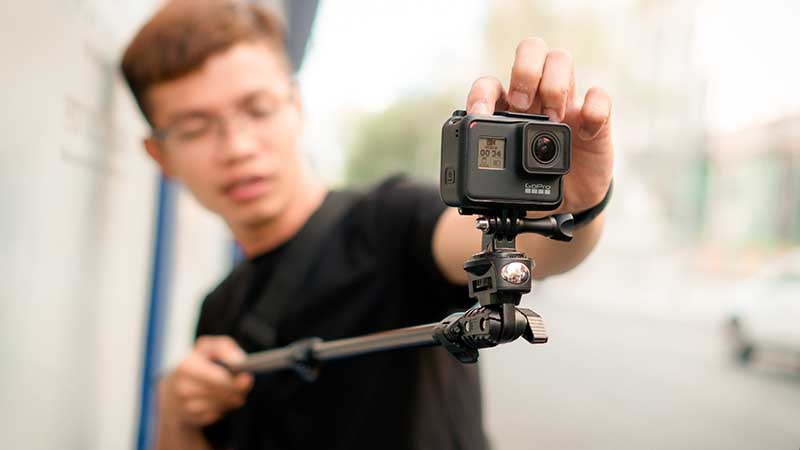 The agency, photographer or entity is the owner of the copyright of the photos if they have taken them. This article will talk specifically about Assignment Photography.
The agency, photographer or entity is the owner of the copyright of the photos if they have taken them. This article will talk specifically about Assignment Photography.
If there is an improper use of a license you may face legal penalties.
A License Description may have the following
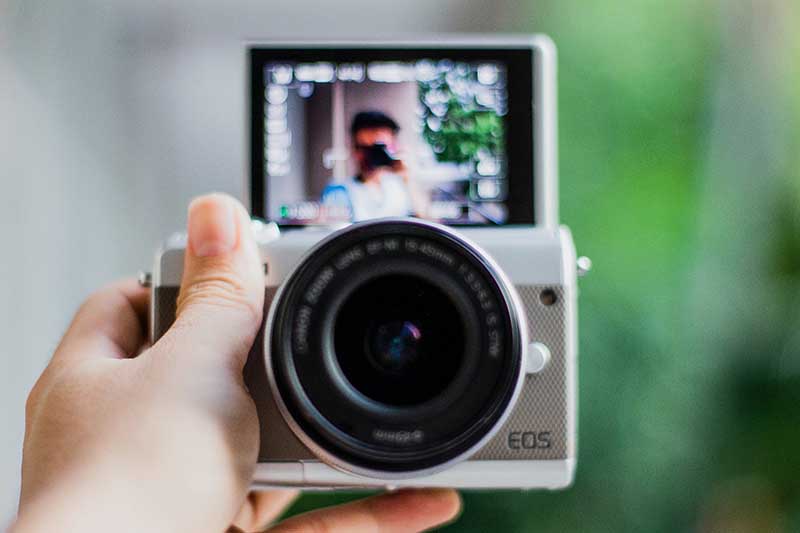
Non-Exclusive Rights - The ability to use the image. The licensor gives the rights to the licensee however the image may also be used by others.
Exclusive Rights - The ability to use the image exclusively. The licensor is giving rights only to one person for a specific use or territory. You are unable to resell the image.

Where will the images be seen? Think about where the images will be placed.
National: US, Canada for example.
North America:Us and Provinces, Canada and Mexico
Global or International: Through the world, global audience.
Local: City or Metro Area.
Regional: Midwest, Southwest
By Country: Italy, England, Brazil, Asia, Saudi Arabia… etc
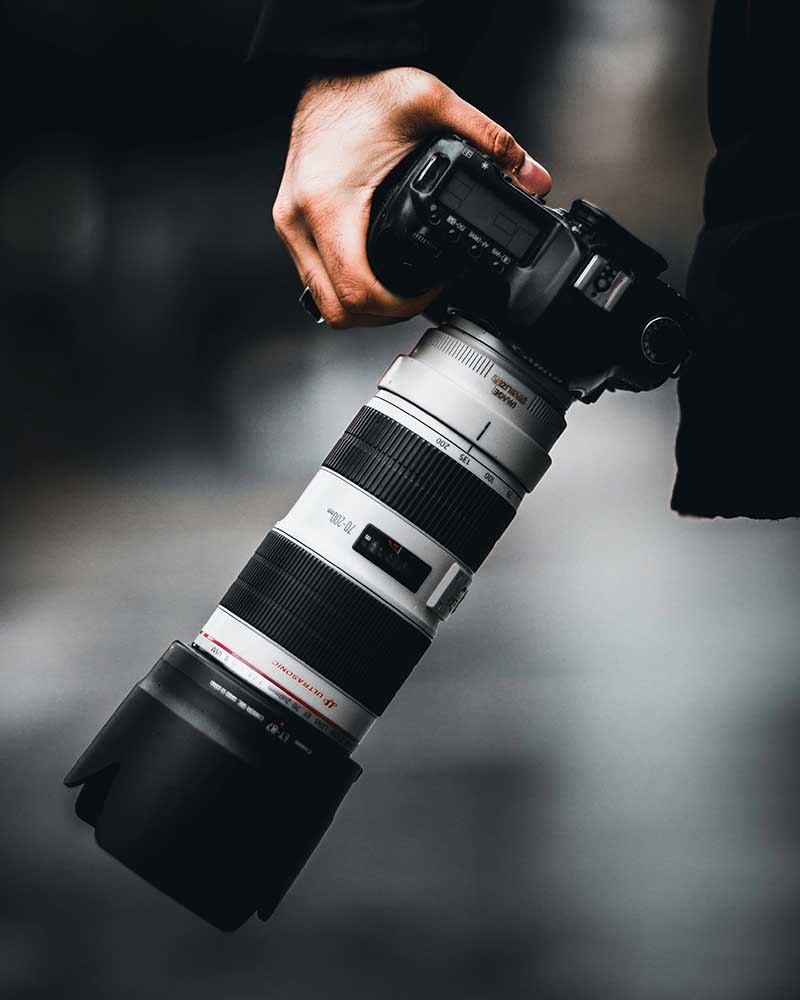
One Time Use - The ability to use the image once only for a specific reason.
Commercial Rights - You have the Ability to Use the photos for commercial purposes. Commercial purpose means with marketable uses.
Non-Commercial Rights- The ability to use the medium for personal websites, blogs, school newspapers and other media that is not-for-profit.
First Rights- The ability to use the image in publication, newspapers, magazines after the first publication
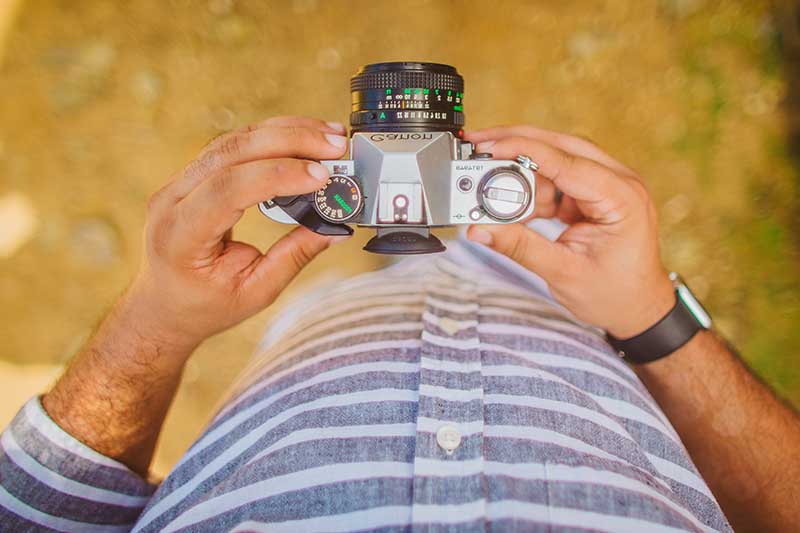
Royalty - Paying a fee to the right holder.
Royalty Free - Any time use for a one time fee. You can have unlimited usage.
Attribution - License have the requirement of sharing the author when using the work.
Derivative work- You have the ability to change the work so it is different.
Confidentiality. License where information is needed to be kept secret. These combine with non-disclosure agreements.
Creative Commons - The ability to use the image freely. Often with notes of the originator.
The 4 types can be viewed on CreativeCommons.org https://creativecommons.org/about/cclicenses/
Free Use is Defined by Section 107 of the Copyright Act. This includes “criticism, comment, news reporting, teaching (including multiple copies for classroom use), scholarship, or research, is not an infringement of copyright”
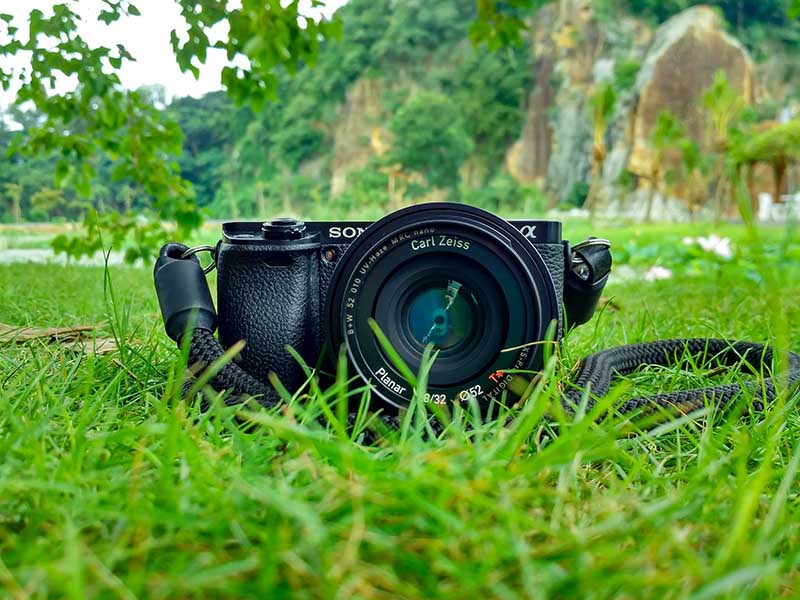
Exemptions
Licensing agreements for photographs may come in different forms as stated below
Bloomenthal, A. (2022, October 5). Licensing agreement: Definition, example, types, and benefits. Investopedia. Retrieved October 26, 2022, from https://www.investopedia.com/terms/l/licensing-agreement.asp
Scientific images: Exceptions and fair use. Research Guides. (n.d.). Retrieved October 26, 2022, from https://guides.library.vcu.edu/scientificimages/fair-use
What is stock imagery? (and how to use it right.) - 99designs. (n.d.). Retrieved October 26, 2022, from https://99designs.com/blog/tips/stock-imagery/
About CC licenses. Creative Commons. (2020, May 22). Retrieved October 26, 2022, from https://creativecommons.org/about/cclicenses/
